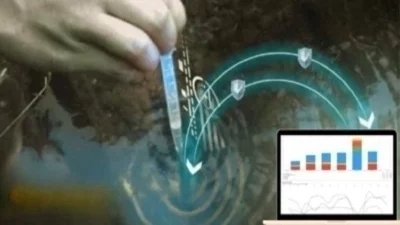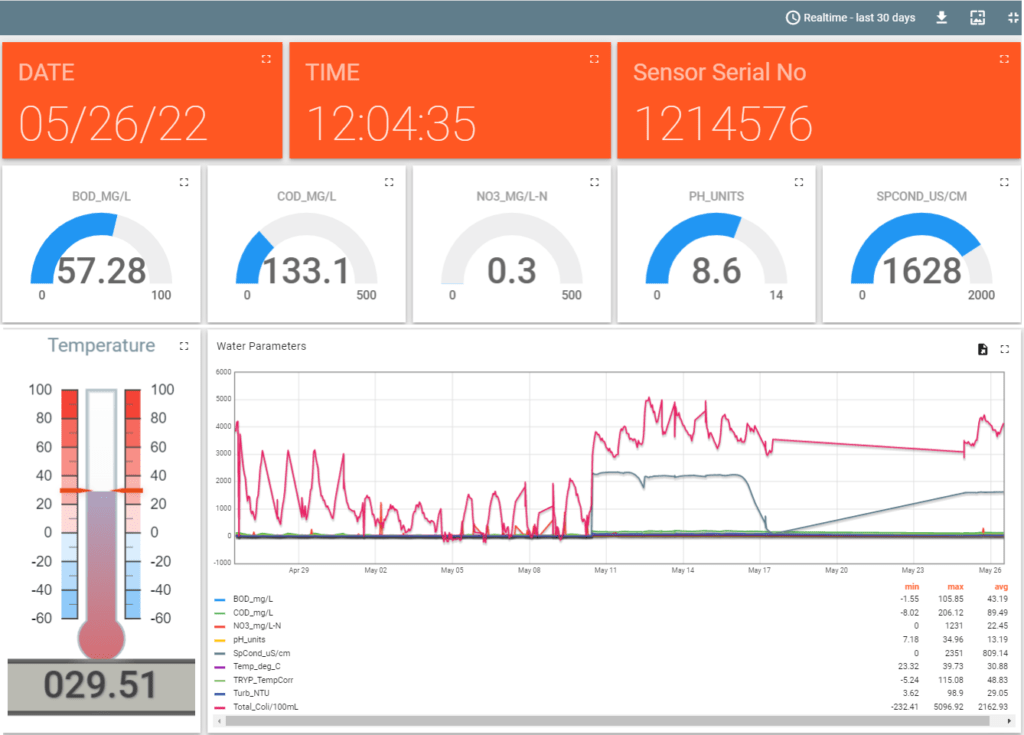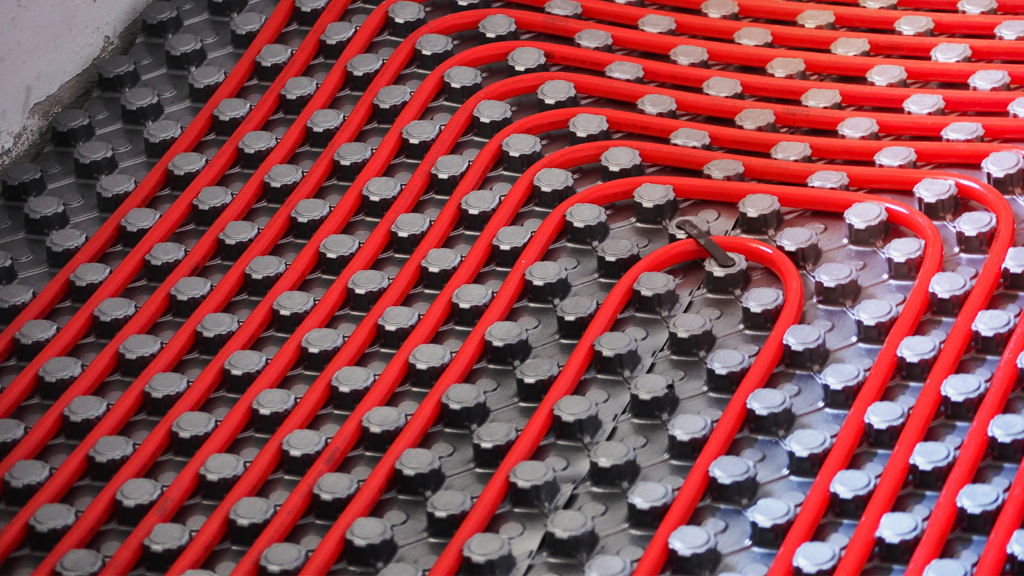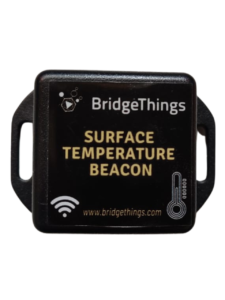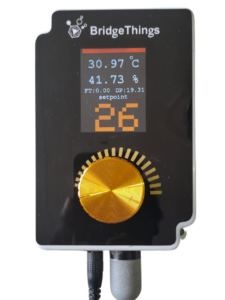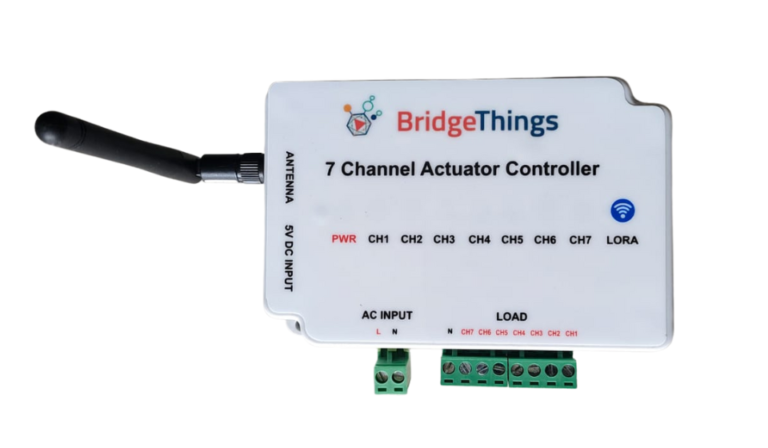Case study: Monitoring real-time water flow & consumption in an IT commercial facility via wireless technology.
Company profile
A global technology company with a long history of innovation in the field of information technology. It has a diverse portfolio of products and services, including cloud computing, artificial intelligence, and data analytics. The company is committed to sustainability and has implemented numerous initiatives to reduce its environmental impact.
Project Requirement
Our Client manages a leading technology company with numerous office buildings across the country. To reduce water usage and improve efficiency, They decided to implement a water flow and consumption monitoring system in all its facilities. The project’s goal was to accurately measure and track water usage in real-time, identify waste areas, and implement corrective measures to reduce overall consumption
Challenge
One of the main challenges faced in implementing a water flow and consumption monitoring system was the sheer size and scale of the project. With numerous buildings located all over the country, finding a solution that could quickly implement and seamlessly integrated into existing infrastructure was critical. In addition, they needed a system that was accurate, reliable, easy to use, and capable of handling large amounts of data.
Products
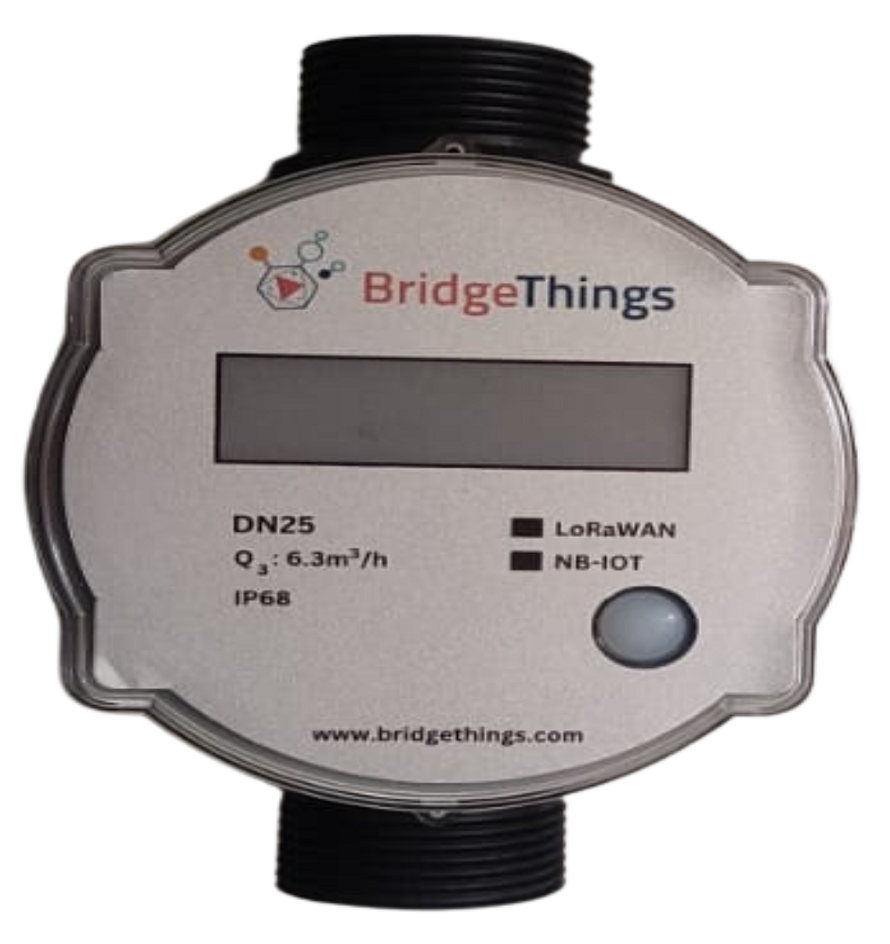
Ultrasonic Water Meter
Ultrasonic water meters are flow meters that use high-frequency sound waves to measure the water flow rate in a pipe. As the sound wave travels through the water, it is affected by the velocity and direction of the flow. Can calculate the flow rate of the water by measuring the time it takes for the sound wave to travel through the water and the change in frequency of the wave. The flow rate calculates the total volume of water that has passed through the meter. Can use this information to monitor water flow and consumption in various applications, including residential, commercial, and industrial settings.
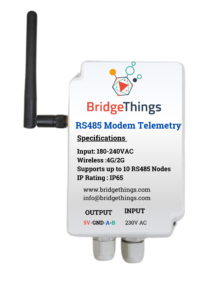
4G Rs485 Telemetry
4G RS485 telemetry is a type of remote communication system wireless technology and the RS485 serial communication protocol to transmit data over long distances. It is commonly used for remote monitoring and control of devices and systems, such as water and gas meters, environmental sensors, and industrial equipment. 4G RS485 telemetry systems typically consist of a transmitter and receiver, which connect to a device or system that needs to be monitored or controlled. The transmitter sends data from the device or system over a 4G wireless network to the receiver, typically located at a remote location. The receiver then converts the data into a form that can be interpreted and used by a computer or other device.
Solution
We implemented a wireless water flow and consumption monitoring system using advanced sensors and software(IoT Platform) to meet these challenges. The sensors were installed throughout the buildings, including restrooms and other high-use areas. The data collected by the sensors was then transmitted wirelessly to a central server, where it was analyzed and used to generate reports and alerts. The system is designed to accurately measure and track water usage in real-time, allowing it to identify waste areas and implement corrective measures to reduce overall consumption.
Installation pics
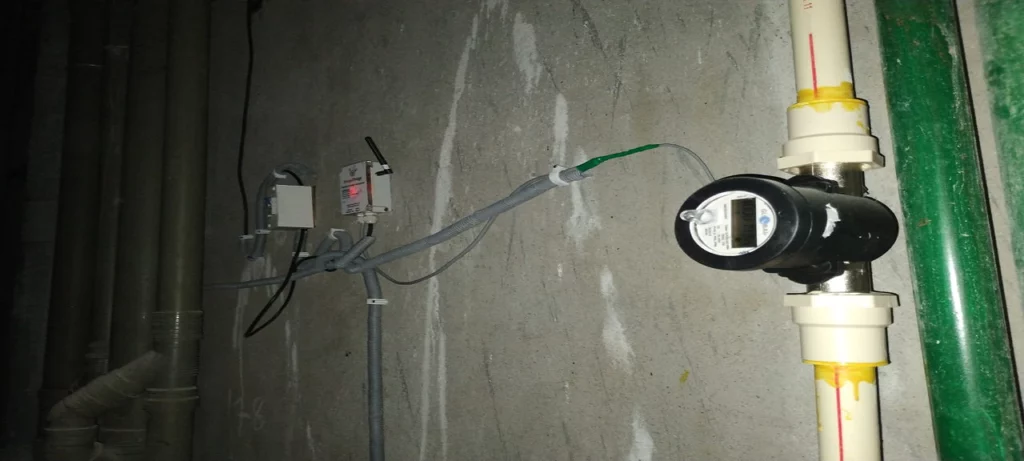
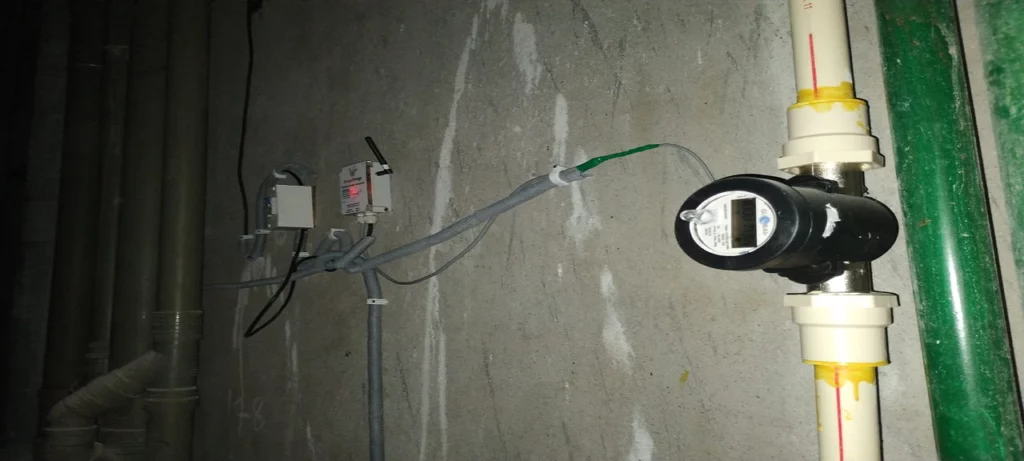
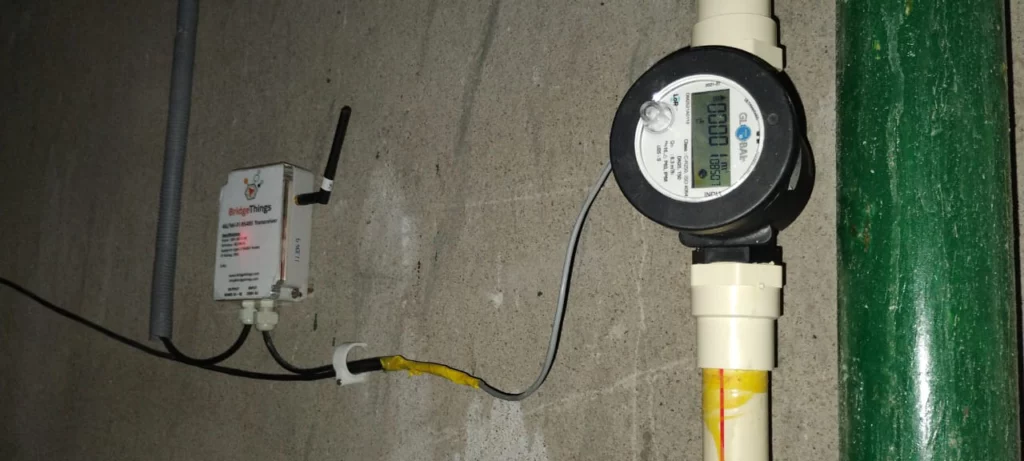
IoT Platform
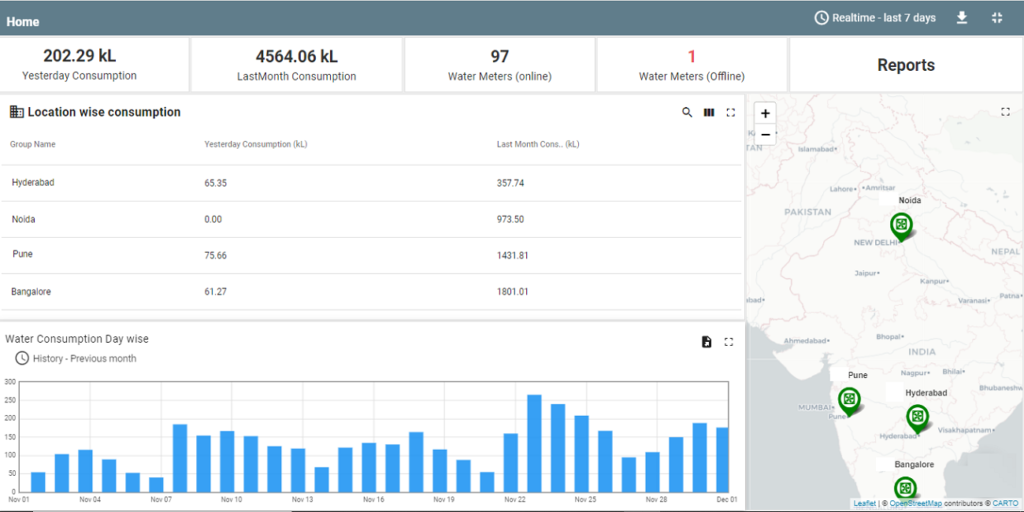
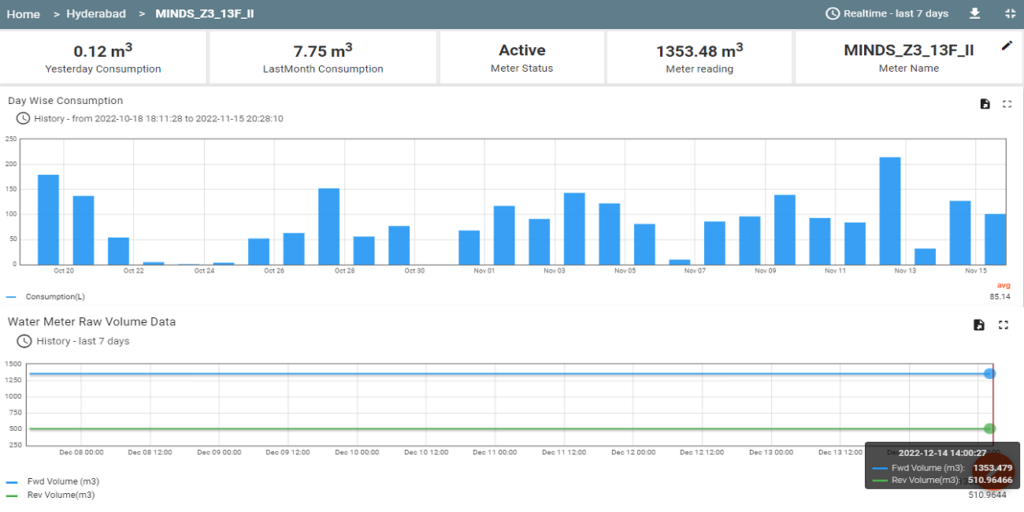
Outcomes
Implementing the wireless water flow and consumption monitoring system successfully achieved significant water usage reductions across all of its buildings. The system helped identify areas of waste and inefficiency, allowing corrective measures such as fixing leaky pipes, installing low-flow fixtures, and implementing water-saving policies. In addition, the system provided valuable data and insights that allowed us to make informed decisions about water management and conservation. Overall, the project was a win-win for both company and the environment. The company reduced its water usage and environmental impact while improving efficiency and saving money on water costs.


